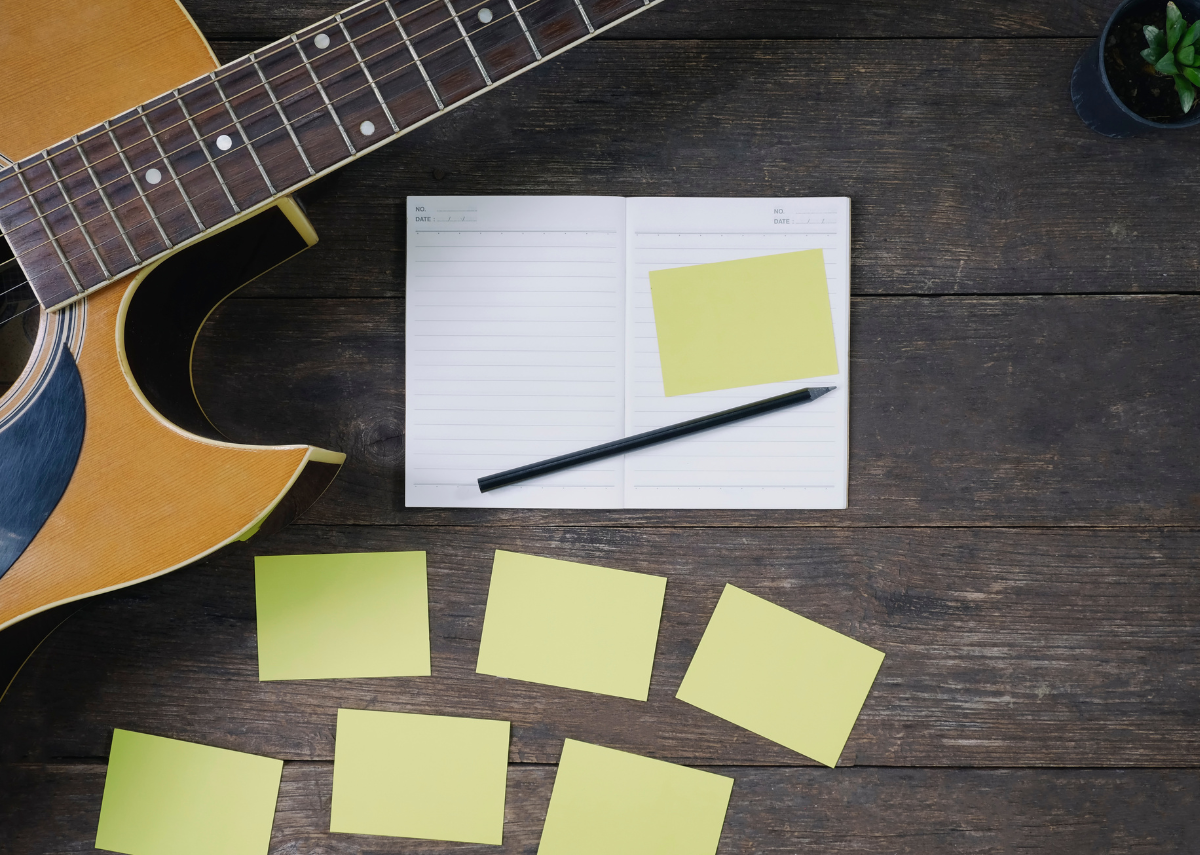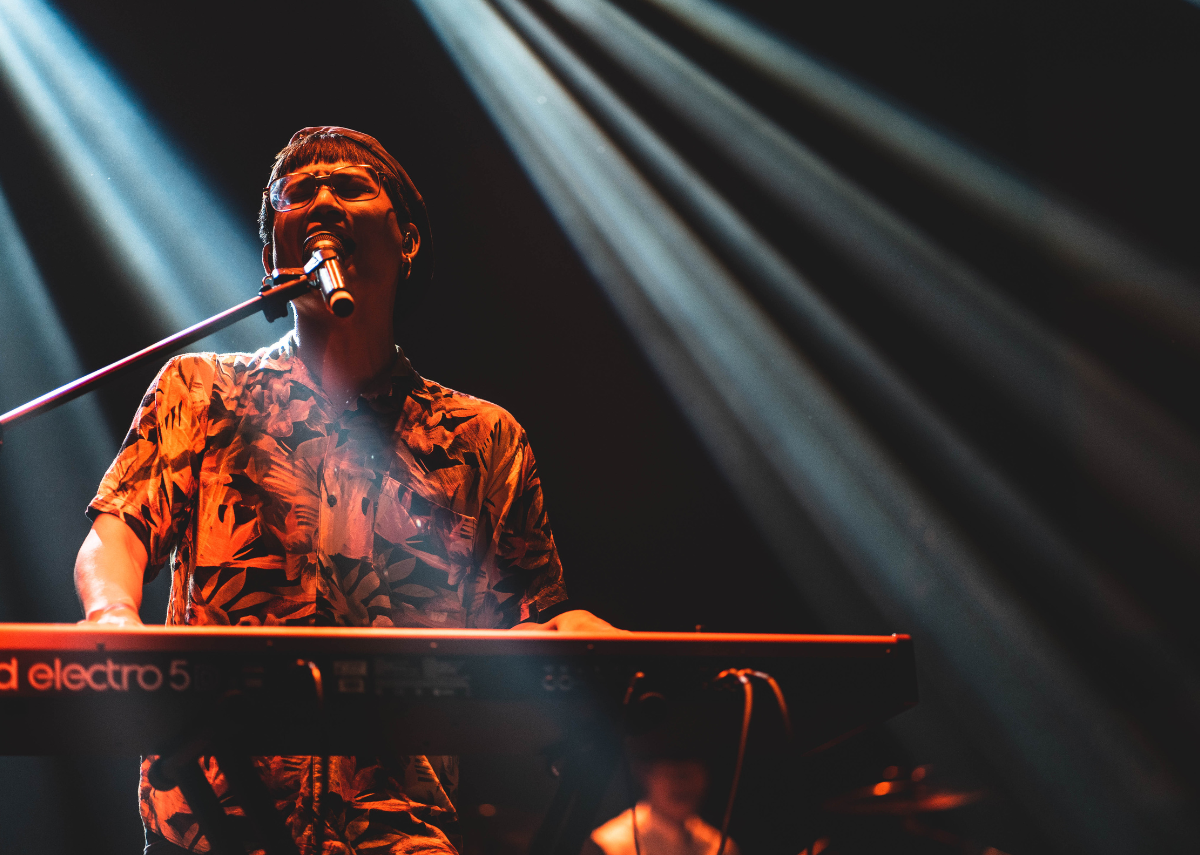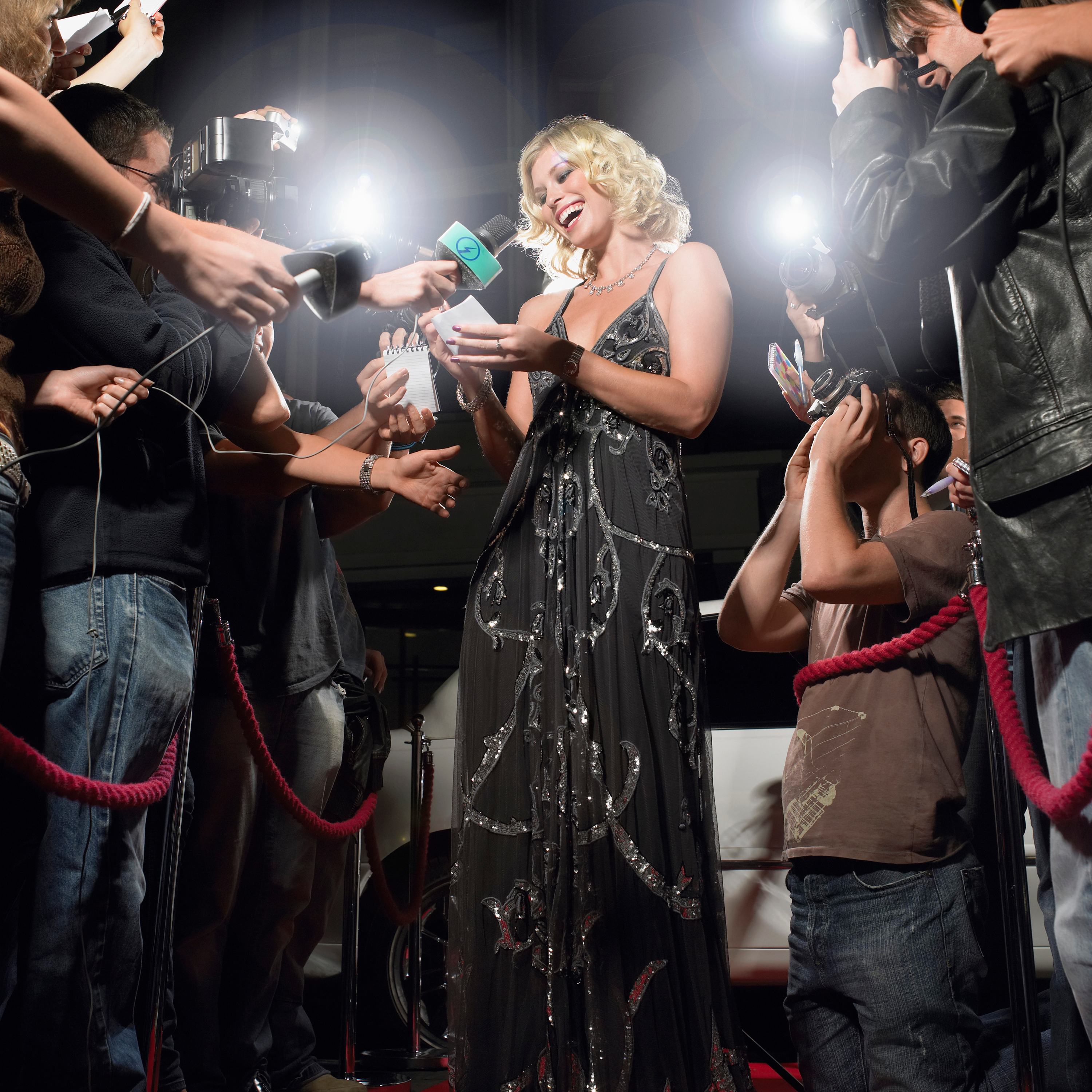How to Create a Masterpiece – Behind the Scenes of a Master Artist
Based on the content of Episode 19, The Magic of Songwriting with Francesca de Valence
If you knew what it took to create a masterpiece, would you do it? Learn how master artist Pablo Picasso can show us what it takes to create a songwriting masterpiece.
Behind the Scenes: Picasso 1932
I’ve used the analogy of painting quite a few times to demonstrate tangible and visual outcomes of the creative process. Through this, I have learned a lot about creative practice from painters that has greatly informed my songwriting practice.
In 2017 I visited an exhibition in Paris called “Picasso 1932” at Musée Picasso Paris. It was an event dedicated to the Spanish-born, Paris-residing artist Pablo Picasso and his works spanning January 1st 1932 to December 31st of that same year.
In 1932, Picasso was 50 years old and arguably the greatest and most celebrated artist of his time. As I walked the halls of this exhibition, I drank in one year of Picaso’s artistic output and was struck by the similarities to the songwriting practice. There were plenty of works that were so simple, like an exercise, a sketch, never meant to be shared with the world. And then there were 1 or 2 masterpieces that I’d seen prints of before.
I got really curious about this. If this was the output over a year for a masterful painter who was at the very top of his field, how could I learn from this? Could I understand what it would take to create a masterpiece?
Here’s what I learnt about creating masterpieces from Picasso:
1. Create Prolifically
Over 365 days of the year 1932, Picasso created more than 250 paintings, drawings, engravings, sculptures and more. This was a pivotal year for Picasso’s artistic evolution and I got curious as to why. Looking at the chronology of artworks, Picasso created an artwork every week and sometimes up to 4 works a week. He created when he was at home and he created when he was on the road and even travelling. He created prolifically. If this was a pivotal year for Picasso, I’m certain that his prolific creative output significantly contributed to that creative development and greatness.
If you’re writing 4 songs a year, that’s just not enough songs to really see pivotal improvement in your writing, or demonstrate an artist’s evolution over the course of a year or two. Let alone enough writing to build your confidence up to take your career to the next level.
So quite simple, create prolifically.
2. Write an entire song in one sitting
When it comes to his paintings, almost all of Picasso’s works were created really fast. He was in a great hurry it seems and it shows in the paint now peeling off on many of the canvases.
There is a painting technique called ‘alla prima’ meaning at once, or at first attempt. It means that the painter created the work in one session. It requires boldness and directness, a trusting of one’s instincts, a time limit and a spontaneity that can elicit an immediate and inspired response. Some people comment on the result of alla prima painting being effortless and vital.
Writing and creating a song in one session teaches us to be more bold and decisive in our songwriting. It teaches us to trust our instinct and respond in the moment. There’s a great focus of energy and a liberation that comes from this practice of writing a song in one sitting.
When I hear songs that I or others have created in one session, I can hear a freshness and vitality in the energy of that creation, that I feel loses shine if that same one song is worked up over weeks or months.
Give it a go next time you practice your songwriting. Write a song in one sitting.
3. Let your experiences shape your creative output
At this exhibition, I could see how everything that Picasso experienced affected the art he made.
For example, he was painting beach scenes for a number of weeks in 1932 before he had to go to Switzerland. He visited a gothic cathedral on his travels and played around with crucifixion paintings. By the time he returned to his beach paintings, they were highly influenced by the gothic cathedral theme. Rather than forcing the former beach idea, he allowed himself and his art to be changed by his experiences.
When you create, let the work take you where it needs to go and see how that can shape your creative development.
4. Write multiple versions of the same song
Speaking of the cathedral and beach theme, I saw many iterations on the same theme as part of this exhibition. Multiple sketches of cathedrals, multiple paintings. In fact over the years, Picasso painted or sketched over 50 scenes of the crucifixion.
How many songwriters would judge themselves for writing the same song more than once? Let the 50 iterations on the same theme sink in and imagine for a minute just how incredible a song you’d write if you wrote 50 versions on the same theme. You might even come close to a masterpiece!
5. Make art for art’s sake
Picasso made a statement in 1932, “The work we do is a way of keeping our diary”. I saw Picasso’s ‘diary’ throughout 1932, through sketches, practices and fully realised art pieces that some are now deemed as masterpieces.
It made me question, how do you create a masterpiece?
And the answer became glaringly obvious – it was in the practice. By simply creating for art’s sake, a masterpiece will be born.
Picasso didn’t intend to share all these works with the world. Many of these artworks are simply for practice sake. But that so many are shared in exhibitions such as “Picasso 1932” is a testament to the brilliance of the artist and the sheer number of incredible works and visual styles he created by his vast production of work. And what a gift to be able to learn from behind the scenes from such an artist.
Something really simple I took and implemented from this is to create a diary of my life through song and then choose my favourite works from this to share with the world.
If a masterpiece is something that stands the test of time, surely we can’t know at the time of creating or even at the time of sharing more widely if it’s a masterpiece. So I reckon we can just let that go and get on with creating art.
What is a masterpiece? And how can I create one?
A masterpiece is a term that is awarded after a work of extraordinary skill and creativity has been given much critical praise, and is considered the greatest work of a person’s career.
Over his career of 70 years, it’s estimated that Picasso produced about 50,000 works of art in all media. Mathematically, that works out to about 2 pieces a day, including weekends! In my wild estimates, I reckon the general public would perhaps be able to recognise 7 of Picasso’s paintings. Crudely, we could use those numbers and say that it took Picasso to create 7000 pieces of art to create 1 globally recognised masterpiece. Inelegant as it may be, those numbers say so much about what it takes to create a timeless masterpiece.
If this is what you’re wanting – to write a hit song, a masterpiece – it stands to reason you’ll need to be devoted to developing extraordinary skills, to create prolifically, to share that work with the world, and keep going and let that devoted practice evolve you as an artist throughout your career.
But if you’re struggling to write 4 songs a year, let’s start by simply writing one song a week and let that be your way forward to creating timeless masterpieces.
Want to know how to write a song a week with ease? Check out my free masterclass here.
Episode Show Notes:
Get your creativity, confidence, and songwriting output flowing. Join The Club and receive the support and structure to write 10 songs in 10 weeks and get feedback from a private peer community. This is THE essential writing practice that has changed the careers and lives of 1000s of songwriters worldwide.
Just getting started on your songwriting journey and need more hands-on support? Establish a firm foundation and develop your musical and lyric skills with our Beginner Songwriting Courses. They are the perfect place to begin and cover everything you need to know to write your first songs. You’ll receive lessons from Francesca directly!
Don’t struggle to write your next album – write an album a year with ease! Watch our Free Songwriting Masterclass.
Want more for your songwriting but don’t know where to go from here? Take the I Heart Songwriting Club Quiz to discover your next steps and inspire your way to writing better songs.
Get songwriting insights from I Heart Songwriting Club:
Be inspired by Francesca on socials:
Podcast theme song: “Put One Foot In Front Of The Other One” music and lyrics by Francesca de Valence
If you love this episode, please subscribe, leave a review and tell everyone you know about The Magic of Songwriting.




